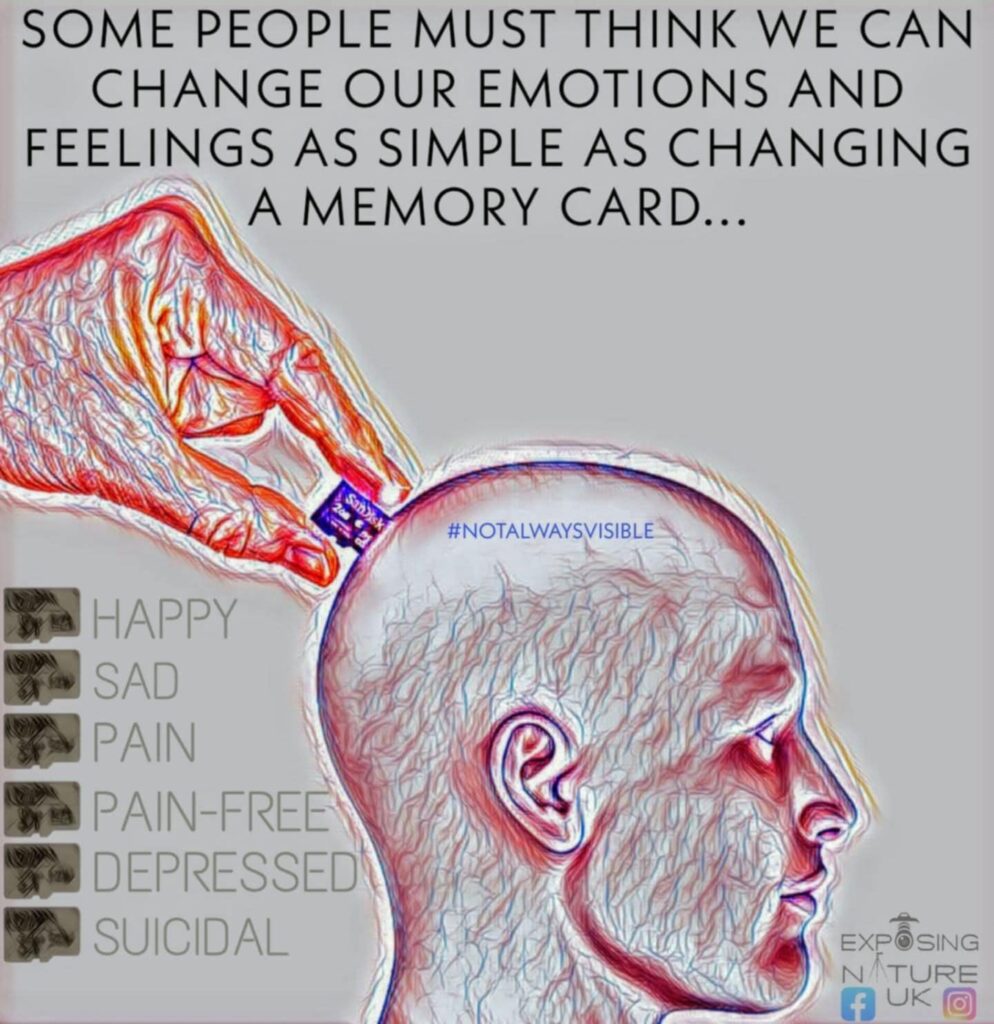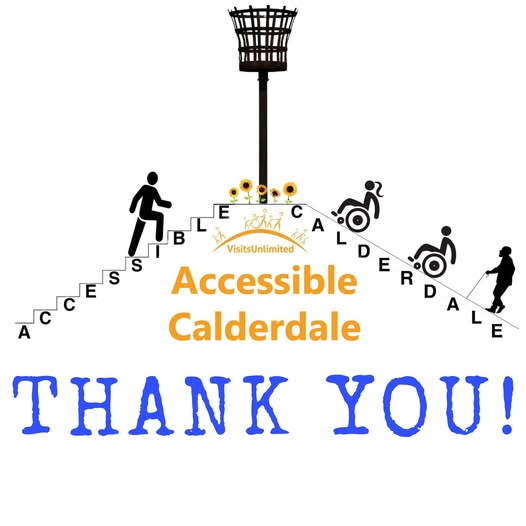Understanding FND and What Really Disables Me
I am a single, blue jellybean in the dark, and I am on fire.
This is not a metaphor for angst. Instead, it is the closest I can get to explaining my disability, FND (Functional Neurological Disorder). There is a constant internal fire — the burning nerve pain in my legs, the deep, smouldering heat of total burnout. Moreover, as I burn, I shoot off unpredictable fireworks — the tics, the brain fog, the limbs that collapse, the chaotic nerve signals.
This is my disability. It is my reality.
However, the most important thing to understand is this: my disability is not the only thing that disables me.
I am also disabled by a society built by and for people who are not on fire. I face barriers, rules, and attitudes that lock me out of the world. Therefore, my reality is the exclusion I experience every single day.
What Really Disables People with FND
My reality is not only a medical condition; it is a collection of external barriers. The most painful of these barriers comes from people’s attitudes.
For example, when I say, “I am burning,” and someone replies, “You don’t look like you’re on fire. It must be in your head,” that disbelief becomes a wall. It echoes a long, dark history that labelled conditions like FND as “hysteria.”
Fortunately, modern neurological research has proven that FND is a genuine and measurable disorder of brain function. Using tools such as fMRI, scientists now show what patients have said all along — this is not imagined. Studies reveal real differences in how the brain works. The wiring malfunctions, and the signals sent to the body become scrambled. As a result, people experience real pain, weakness, and tremors.
Therefore, FND is not “hysteria.” It is a complex neurological condition, just as real as Parkinson’s or MS.

Don’t Fix Me — Fix the Barriers
The medical model looks at my fiery jellybean and wants to fix me. However, the social model recognises that my disability is simply part of human diversity. The real problem lies in the world that excludes me.
My FND is a fact of my body. Yet my suffering also reflects the barriers that society has created. Unlike my disability, those barriers can be torn down.
So, believe us. Offer flexibility. Add a ramp. Put in a bench. Challenge assumptions. As a result, you become the person who removes a barrier — and helps dismantle the medical model of disability.
Contact us https://visitsunlimited.org.uk/contact-us
Find out more about FND. https://fndhope.org/about-fnd-hope/fnd-hope-uk/





















